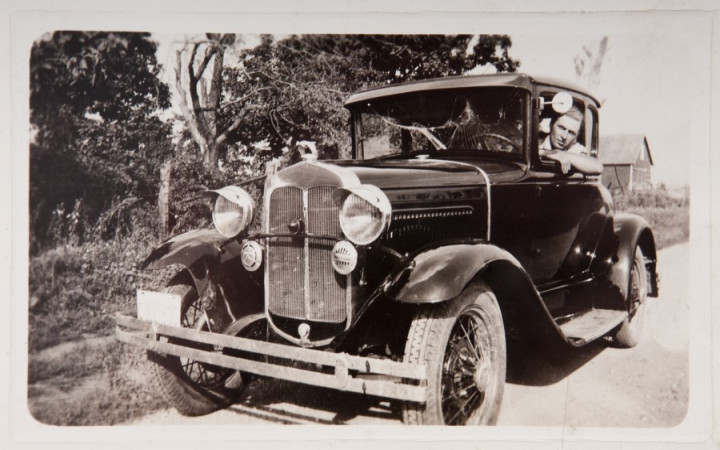How far do you live from school? Do you get a ride to school from a friend or family member? Or do you ride a school bus? What about the grocery store where you buy your food? Is it just around the corner or several miles away? How about the fields where you practice soccer? Or the library?
Think about the places you go to throughout a typical week. Are all of these within walking distance? Or are you like most kids today who spend a significant amount of time traveling in a car to go the places you need to go?
Try to imagine living your life without an automobile. How would your daily and weekly routines have to change if you had to walk everywhere or ride a horse or a bicycle? It's hard to imagine, isn't it?
That's what life was like for most people around the turn of the 20th century. Before automobiles, people didn't travel nearly as much as they do today. People tended to travel only for special occasions and, even then, only relatively-short distances.
The invention of the automobile changed all that. In many ways, the automobile revolutionized society and enabled people to explore the world around them with greater freedom. The world would certainly not look the way it does today if the automobile had not come along when it did.
The invention of the automobile cannot actually be attributed to one single individual. Instead, the automobile was invented in many stages and pieces by many people all over the world over the course of several decades. Experts estimate that over 100,000 patents are related to the invention of the modern automobile.
The first theoretical plans for a motorized vehicle date back to Leonardo da Vinci and Isaac Newton. Those plans didn't come to fruition in their lifetimes, though. The first self-propelled road vehicle was a steam-driven military tractor invented in 1769 by a French engineer and mechanic named Nicolas Joseph Cugnot. It traveled at a blazing 2.5 miles per hour and was used to haul artillery by the French Army.
Steam power turned out to be less than ideal for automobile design, because the engines were too heavy. The next step forward in automobile design came in the 1830s when Robert Anderson of Scotland developed the first electric automobiles powered by rechargeable batteries. In addition to being slow and expensive, these early electric vehicles needed to stop frequently to recharge the batteries.
The automobile as we know it today came into existence when Germans Gottlieb Daimler and Karl Benz invented the first practical gasoline-powered vehicles in the mid-1880s. Many other inventors built upon the work of Daimler and Benz (and countless others) and the gasoline-powered car developed quickly at the end of the 19th century.
By the early 1900s, gasoline-powered cars began to outsell all the other types of motor vehicles. Despite their great expense, there was definitely a demand for them. Entrepreneurs quickly recognized the need for industrial production and more affordable alternatives.
Ransome Eli Olds built the first mass-produced automobile in the United States: the 1901 Curved Dash Oldsmobile. Olds invented the basic idea of the assembly line and is also credited with launching the Detroit-area automotive industry.
Henry Ford improved the assembly line system by installing the first conveyor belt-style assembly line in his Ford Motor Company plant in Highland Park, Michigan. Ford's assembly process helped to reduce costs and make vehicles more affordable. His Ford Model T was a runaway success, selling 15 million vehicles by 1927.




